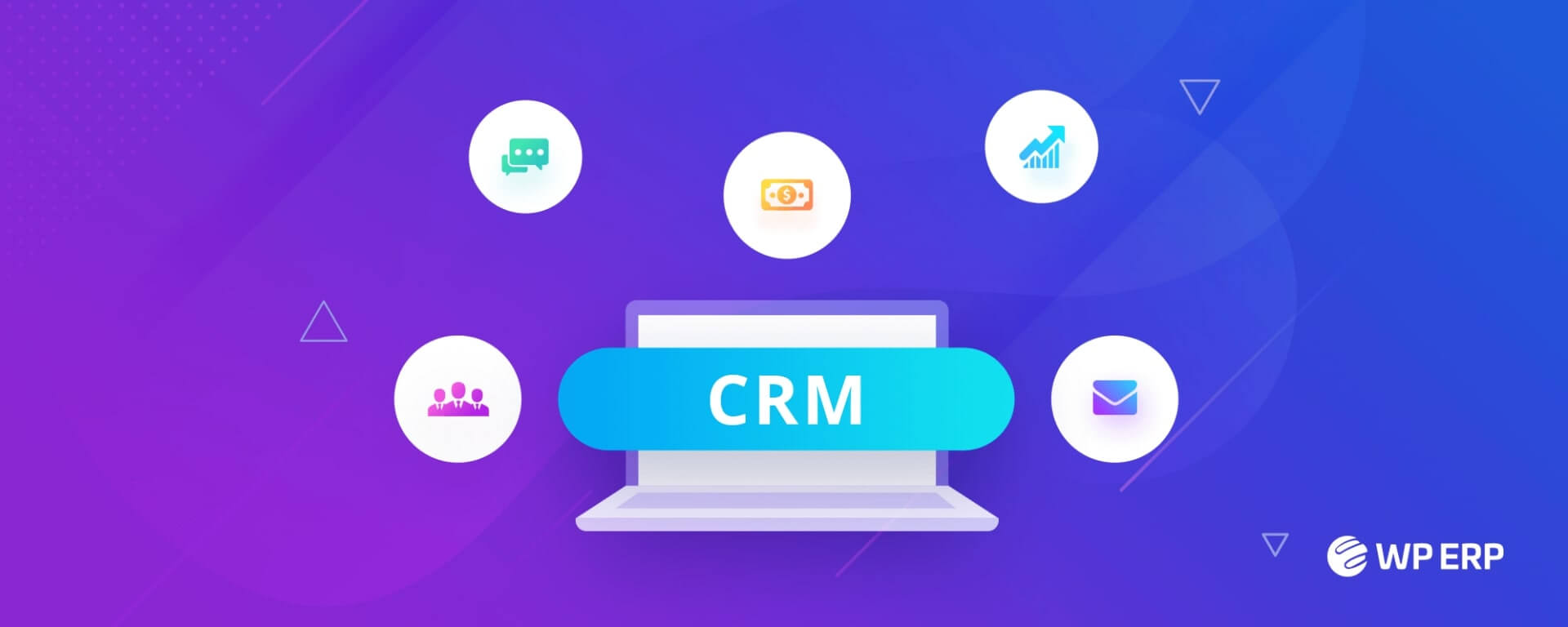Building client profile with audience segmentation based on social data
One of the biggest challenges is understanding your client: who they are, what they want, and why they are different. This knowledge can help you build a strong marketing campaign for each client individually. As targeted marketing becomes more and more important, the capability to segment clients accurately becomes an essential skill. Building a client profile, what challenges can arise? There is no only correct approach. But we know some mistakes that can ruin your strategy.

1. Unrealistic profiles
An unrealistic client profile may bring a lot of problems. It usually happens due to the lack of data or a weak connection between the client and their data. The useful advice might be not to use random data, structurize your information with a powerful CRM and skip the third-party reports as they are usually quite theoretical and are based on the author’s hypothesis. The solution is to keep your data clean and structured and to base your client profile on some real client description.
2. Profiling for marketing only
Client profiles are usually built for marketing purposes. In reality, everyone in the company needs them. Profiling can make the work of the sales reps and client managers more efficient. From the presales to the client support — use client profiles all over the company, and it would help you get more useful data for your business development. As an example, this way you can build some hypothesis about what features will be needed soon, or who else might be interested in your product or services.
3. Outdated profiles
Sometimes it looks like building your client profile at the beginning of your journey is enough. But is your product or service this rigid? Probably yes, if your business is cutlery manufacturing. For other businesses, flexibility and changes are core characteristics. Your product changes, and the client’s challenges and demands grow as the technologies evolve. This means it is essential to check your profiles out from time to time and make sure your audience demands and what you offer still match.
4. Guessing the client
Forecasting is a good marketing strategy, but not for the client profile. It is easy to trust a dozen of your colleagues’ views and build a client profile based on them. But would it work for thousands of your clients? To understand the real needs of your audience, you need to talk to them and analyze their demands, understand what they want, and why they need it. Looks more time-consuming compared to the guesswork, but such data collection would become a strong and reliable base for all your future marketing work.
How can social listening uncover a client profile?
Traditional profiling relies on interviews and ethnography, but the digital era technologies pushed modern profiling further. Big data and social listening became keystones of today’s profiling. When it comes to social listening, it is an adaptation of traditional ethnographic methods in an online environment. Studying social networks offers a comprehensive way to get a complete organic picture of the social interaction in the needed sphere. This helps us explore the data and identify valuable profile features such as:
- Demographic data
The age, gender, occupation, and marital status of your client are a part of basic segmentation. It won’t tell the whole client story, and you’ll need to go beyond to build a complete customer profile. However, this data would help you make a project of the basic segments that would be built.
- Geography
Your audience location can play an exceptional role in their behavioral patterns. Filtering by country or region can help reveal the motivation of your clients, and the barriers that they face in the local market.
- Motivations and barriers
These are the two most valuable metrics to consider for clients to buy a particular solution. Motivations and barriers can show client expectations from buying the product, and even provide insight into some details of the decision-making process.
- Customer journey
When it comes to decision-making, mapping a client’s journey provides additional insights into behavioral patterns at different stages of the buying cycle. You can find out, what else you can do for campaign success.
- Competitors insights
Social media data can show how consumers see your competitors, what they like and what triggers them to stop buying their products. This is the way to identify new opportunities and threats in a particular market.
- Audience Psychographics
Audience analysis helps segment different consumer groups based on their personality. This means, that understanding their interests would provide more opportunities for engagement and loyalty growth.
Social listening means a fast and scalable method of getting up-to-date client data. It allows you to create a detailed client profile, maximize the effectiveness of communications, and inspire the team to reach better results for the real people.
How MD Cloud can help in client segmentation
MD Cloud team aims to make your business thrive while considering all the needs and values you promote. We offer an expert consulting on various marketing tools, including the tools for client segmentation, data automation and client profile building. Reach out to our team for the primary consultation or demo to choose the perfect option for your company.


